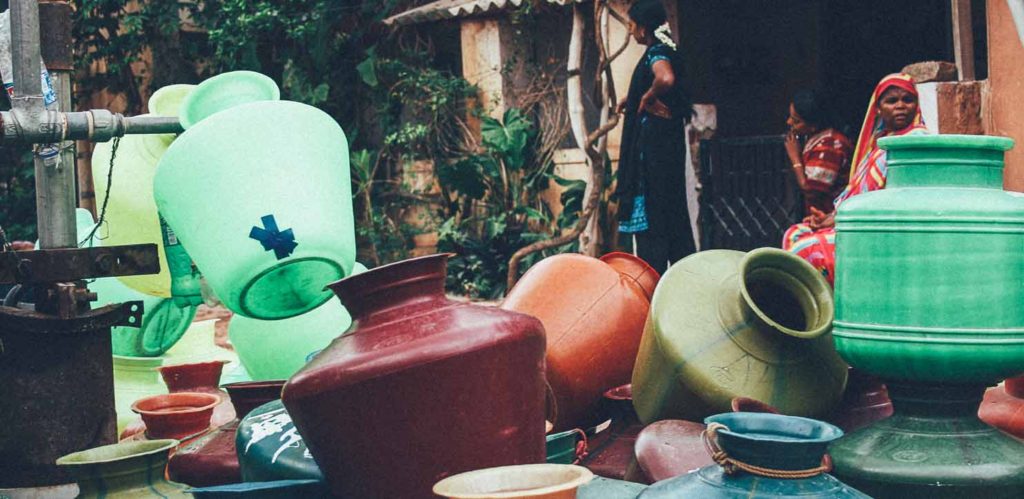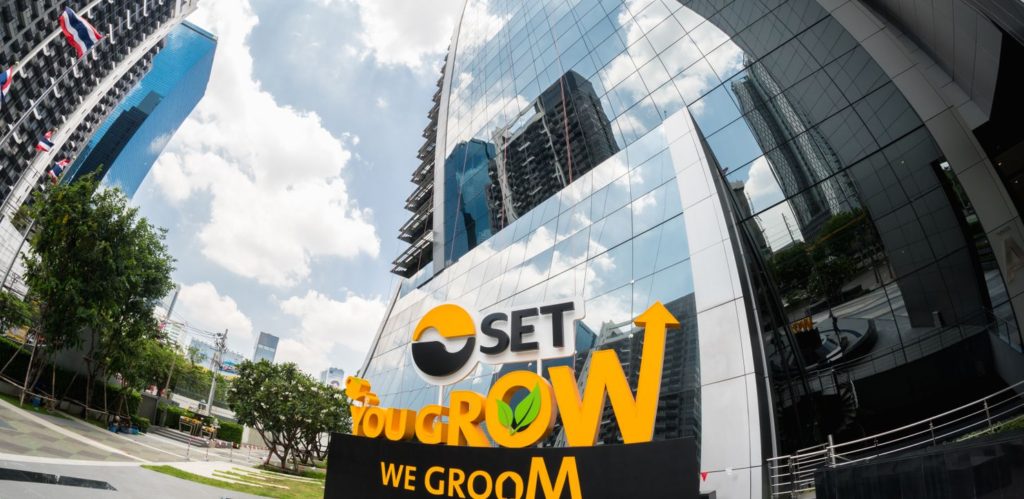- The largest real estate companies in Singapore have a strong management system to address climate change.
- The Singaporean government has been progressively setting policies and regulations to tackle climate change through sustainable buildings. Companies can accelerate their performance by investing in renewable energy, creating shared values for tenants through green leases and developing a green workforce.
Singapore is one of the few countries in Asia that is taking a straightforward and progressive path to achieve the 17 United Nations Sustainable Development Goals (SDGs). The city-state has already achieved its targets on four out of the 17 SDGs (1, 7, 8 and 9), remarkable progress for Southeast Asia. However, high C02 emissions per capita (ranked 22nd out of 157 countries) lowered its progress in the SDG 13: Climate Action, according to the SDGs Index and Dashboard Report in 2017.
As a small, low-lying island city-state, climate change poses a real challenge to Singapore. The government is committed to reducing its Emissions Intensity by 36% from 2005 levels by 2030. Many initiatives to expedite the process towards the 2030 target have been activated, such as the Climate Action Plan (2016), while some will be implemented in the future, like the Carbon Tax policy, for example. Yet, a major role has to be played by the construction and real estate industries, which are responsible for 40% of global emissions.
To date, the real estate industry accounts for 23% (7 companies) of the top 30 largest listed companies in the Singapore Exchange. This article analyses their environmental performance and provides recommendations on the investment opportunities they can explore to advance their progress in the SDG 13.
Strong Environmental Stewardship
It is noticeable that these 7 real estate companies have shown high transparency while disclosing their sustainability performance. Regulated by sound and strict policies, they invested in setting up environmental management systems including policies, guidelines, programs and ambitious targets.
Environmental Management System
– Internal standards: Sustainable Building Guidelines (Capitaland)
– National standards: BCA Green Mark (Sing gov), Carbon Less and Indoor Air Quality Certification (HK gov)
– International standards: ISO14001 Environmental Management System
All of the analysed companies committed to a reduction plan of emissions/water/energy intensity by 2020 or/and 2030.
Highlighted Programs
– Environmental, social and governance (ESG)-linked remuneration: Incorporate ESG indicators into in the individual goals setting of all employees, including senior management.
– Empowering tenants: Use technology to help tenants track and manage their energy usage.
– Waste management: Making recycling becomes a focal point in the sustainability strategy.
The most common environmental practices observed among the analysed companies is to comply with sustainable buildings guidelines in the countries where they operate. Some have started to put a focus on engaging with tenants, managing waste and incorporating ESG indicators into employees’ remuneration.
Accelerating Progress In The SDG 13
Addressing the SDG 13 doesn’t only help Singaporean real estate companies comply with the regulations (Carbon Tax 2019) and save on costs (through the efficient use of resources), but also ensures a sustainable future for the nation and the country. Sustainable enterprises cannot operate in an unsustainable society. Singapore is not immune to the impact of climate change. Rising sea levels; increasing water prices due to scarcity and worries over food security can threaten the future operations of these businesses.
expected for companies operating in this field to go beyond compliance and proactively invest and innovate to tackle the issues around the SDG 13. The following are some practices they might take into consideration:
- Creating shared values for tenants through green leases.
Electricity usage by tenants accounts for 50% of electricity consumption in offices and retail buildings (BCA Building Benchmarking Report 2014). Green leases offer substantial benefits such as cost savings and a greener, healthier living environment to both tenants and building owners through a mutual commitment to implementing environmentally-focused measurements.
- Exploring the opportunities for renewable energy.
According to the Carbon Tax policy, facilities that annually emit 25,000 tonnes of CO2e or more of greenhouse gas (GHG) emissions will need to pay $5/tCO2e from 2019 to 2023. As the government plans to raise the tax in the future, a solution for sustainable energy needs to be explored and put in place. Companies can join efforts with the Singapore government to increase the deployment of solar energy. By 2020, solar energy usage in Singapore is expected to rise from 143 MWp (end of 2017) to 350 MWp.
- Developing a green workforce.
The industry’s capacity in the whole chain of green building design, construction, maintenance and management depend on the skills and knowledge of the workforce. However, none of the analysed companies shows sufficient efforts in the development of green building professionals, specialists and experts who can design and manage sustainable buildings. Companies can start with what they already have – updating their current training programs with the knowledge and skills needed for their current employees. They then can integrate their training agenda into their recruitment programmes, and start working with universities to develop curriculums with the aim of creating the green workforces of the future.
Collective Efforts Are Needed
As Singapore is exposed to hazardous impacts such as rising sea levels and higher temperatures due to climate change, the country needs collective efforts from different parties, especially the private sectors. The real estate companies in Singapore have been well-known for their high standard practices in constructing and managing sustainable buildings. They can definitely advance their performance and create more value for stakeholders by learning from peers and collaborating with the government to deploy new initiatives in order to successfully tackle the SDG 13.


